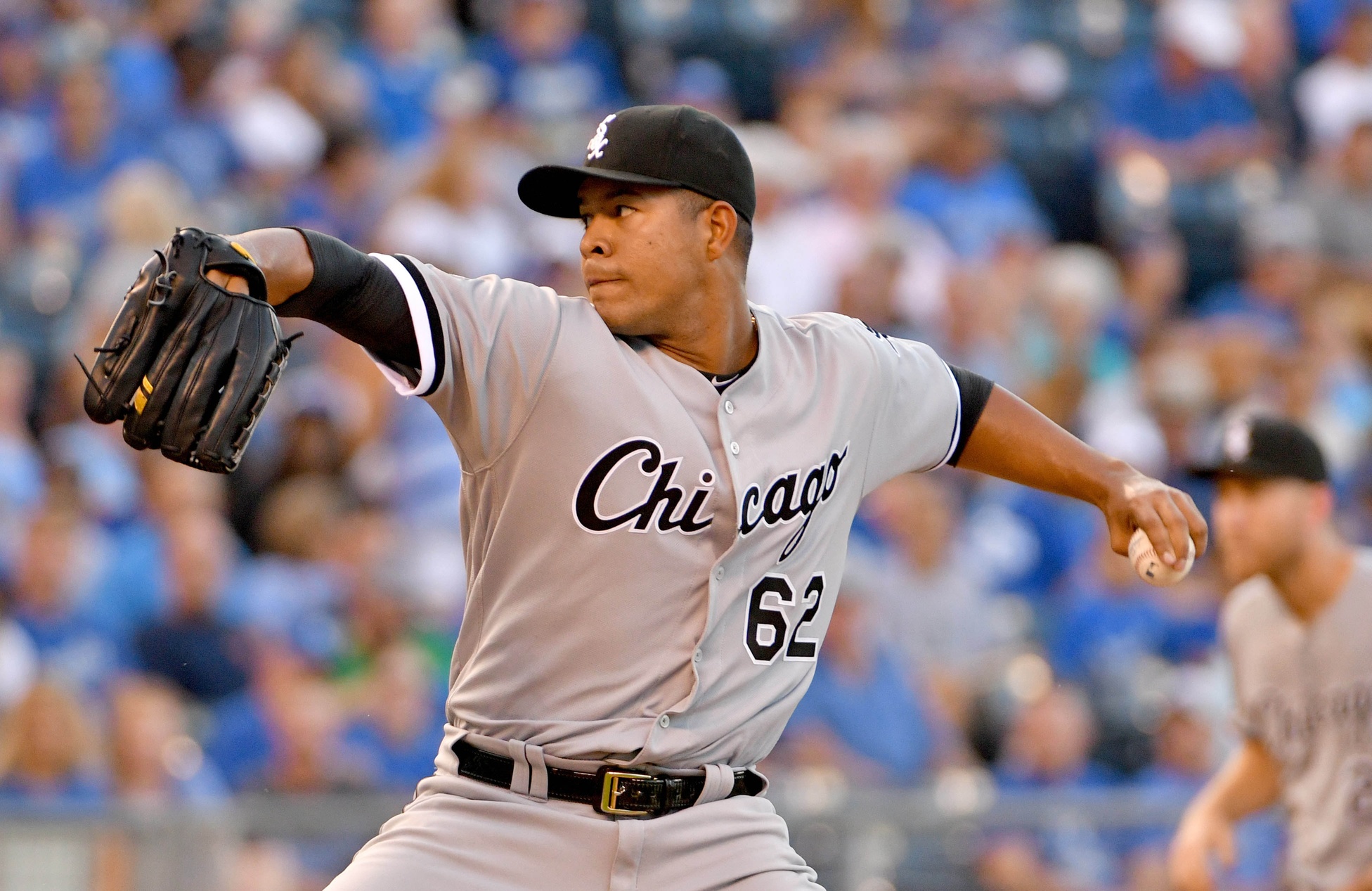It certainly was before the point I became a believer in Jose Quintana‘s ability to thrive in the long-term, but one of the first times I really noticed what he was doing, was on June 12, 2012. Single games can take on greater thematic weight in retrospect, when years of work reveal it to the beginning of something.
On June 12, Quintana was facing the St. Louis Cardinals in St. Louis, and while it was not the greatest Cardinals team of all-time, they won 88 games that season (the most the Sox have won in a year since 2006) and finished second in the NL in runs scored and first in OBP. Most troublingly for Quintana they could throw a wave of right-handed hitters at him such as Rafael Furcal, peak Yadier Molina, Matt Holliday, Carlos Beltran, pre-injury Allen Craig and David Freese.
Quintana came into the game with a 2.05 ERA in all of 22 major league innings, consisting of a surprisingly competent 5.2 scoreless innings of emergency relief work in his major league debut, two quality starts where he tiptoed around damage against Cleveland and Toronto, getting ejected mid-way through a start in Tampa in the infamous “WHAT ARE YOU DOING, WEGNER?!” game, and a random two-thirds of an inning appearance in an extra-inning loss to Seattle. He had some success, but “proven” would not be a good adjective. It wasn’t really a good description for him after the entire 2012 season, for reason we will get into now.
Quintana entered the night with 10 strikeouts in those 22 innings, a .200 BABIP and no real ability to do anything to the armside. He had nothing resembling a major league quality breaking ball and just vague hints of a changeup. He had a low-90s fastball and something of a cutter, and really no other viable method to attack than to jam everyone: so he did. With no variation beyond “in” and “farther in,” Quintana came right at one of the best lineups in baseball, and set himself upon executing his plan.
It certainly wasn’t pretty, the Cardinals rained 10 hits down upon him in 5.1 innings, but he kept the ball in the yard, didn’t walk anybody, and kept putting the ball on hitters’ hands and hoping for weak contact. He benefited from three double plays; two he drew himself, and one Nate Jones got to clean up the mini-jam he left behind in the sixth.
Flash ahead to Wednesday night, and Quintana’s complement of weapons have increased exponentially. He commands every part of the zone the way he once lorded over the inner-third, he has a legit-plus wipeout curveball that he likes to dump low-and-away–especially to Lorenzo Cain, apparently–he touches 94 mph easily, his changeup is still mostly a notion but plays up due to how much work it is to cover his fastball.
His signature putaway, which he used to whiff Paulo Orlando to keep a runner at third in the third inning, and Raul Mondesi with one out and Alex Gordon at second in the fifth, is a high fastball up and out of the zone. It’s fun to see him rev up for 93-94 mph for this pitch now, because it was pretty effective a few years ago when it 90-92 mph. He shows he can throw his fastball for a strike early and often, maybe he’ll throw something breaking diving or under the zone to change eye levels, then offers something straight and appealing-looking that’s too high to hit.
The velo is cool, but if I was trying to explain why Quintana is good, saying that he sits 92 mph with the ability to touch 94, and has a plus curveball, really wouldn’t cover it. We discuss what pitchers intend to do, their plans for getting hitters out all the time, but Quintana’s ability to make his plans into reality, even with less than elite tools, is consistent on a level beyond his peers.
Lead Image Credit: Denny Medley // USA Today Sports Images

1 comment on “Why Jose Quintana is good”